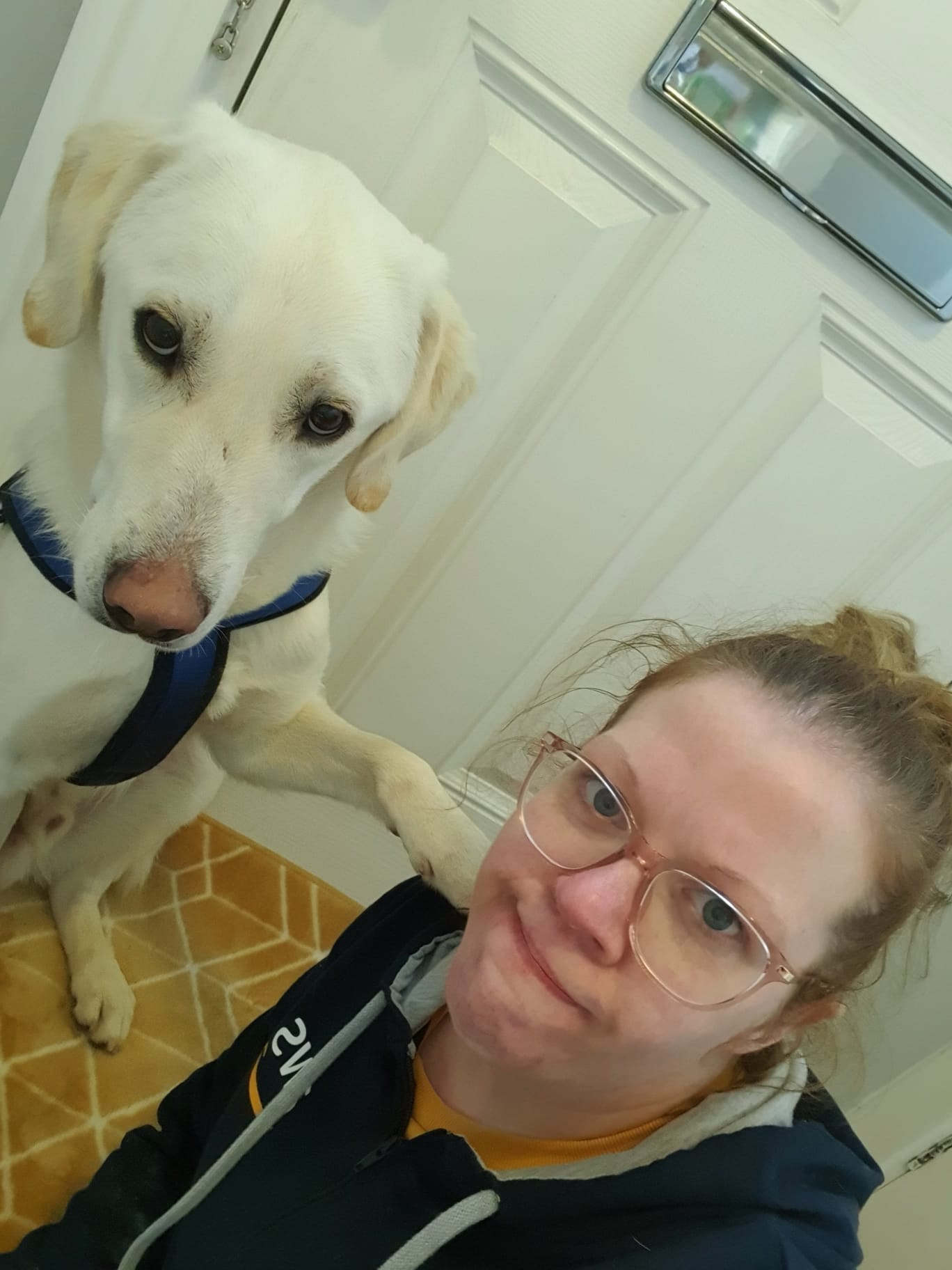Back to Bruno: Becoming a bona fide crazy dog lady
As the rehabilitation of Bruno has gathered pace, so has my appetite for learning more about what makes nervy, reactive and sensitive dogs like him tick
My name is Caroline and it’s been 580 days since my last post, celebrating Bruno’s first gotcha day. Within days of that post going live, I started studying for a two-year, self-paced canine coaching diploma with dog training course provider, Canine Principles.
I also went on a first date with a chap called Paul - who I married just over a month ago. So I think it’s fair to say that week in April 2023 was pretty transformative for me.
Adding Paul to “our pack” has presented us with a few training challenges - due to Bruno’s innate mistrust of new people.
Bruno’s not keen on visitors, so we needed a training protocol to help him get habituated to Paul’s presence in our home, for example. Later on, if I went out and left “the boys” for a significant amount of time, Bruno would happily follow Paul about and snuggle up to him on the sofa, but would not go to toilet in his presence until I came home.
So we had to do some confidence-building training with Bruno to address the low-level insecurity he was clearly experiencing when left home alone with Paul. And I’ll go into further detail about how we overcome these issues (and several others) in later posts.
Educating myself about canine behaviour and training techniques has helped immeasurably with this process, and made me a better, more educated dog guardian to boot.
Bruno demonstrating his belief in me
Also, on the days where maybe a walk has not gone so well for us, from a reactivity perspective, understanding more about the science behind Bruno’s reactions has made it easier for me to keep things in perspective. Rather than let one difficult moment on a walk define how the whole thing went.
I’m over halfway through the diploma course and gaining a better understanding of what makes Bruno tick with each passing module. While also developing a deeper appreciation of the scientific and welfare benefits of pursuing a positive reinforcement-only training regime with Bruno.
We’ve worked exclusively with positive-only dog behaviourists and trainers since I adopted Bruno, because it is the kindest and most ethical way to train a dog.
For instance, we’ve been working with a behaviourist for the last 18 months who favours the use of game-based training, steeped in positive reinforcement theory and techniques, to address Bruno’s dog-to-dog reactivity and his fearfulness of strangers to great effect.
We’re now able to pass strangers at a distance of about six feet without Bruno dissolving into a barky mess, and we’re slowly getting there with achieving the same result with other dogs.
And while it’s great to see these results, there’s always been a part of me that’s keen to dig into why positive reinforcement training works. How does “dishing out treats” help rewire the brain of a nervous, fearful dog so that they become calmer, more confident and resilient to their triggers?
But that’s not been the only question that I’ve sought to get to the bottom of. As Bruno’s training and rehabilitation journey has gathered pace, so has my appetite for self-study and improvement.
So, as well as my diploma, I recently became an Approved Canine Trauma and Rescue Expert, after completing a little side quest to my main studies through Canine Principles too.
Anyone who knows me would probably describe me as a crazy dog lady, but now – with these qualifications behind me – I can confidently say I’m a certified one.




